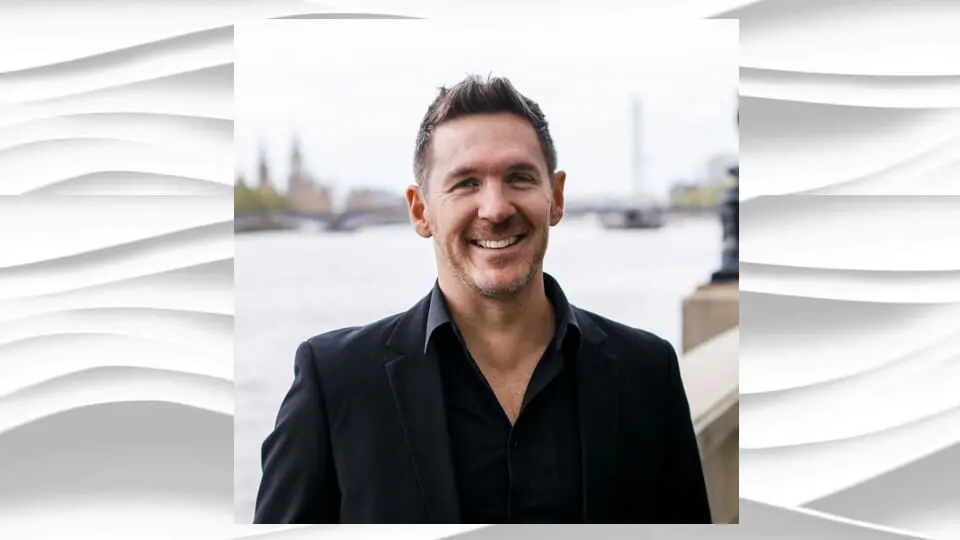Episode 83 – How a Brave Founder Scaled his Software Development Firm by Confronting his Blind Spots – Member Case with Alan Haefele
Acquirers want to understand your methodologies, how often they are updated, and what changes are coming in the future. On this episode, we interview Alan Haefele, Owner & Managing Director of Haefele Software, to understand how to integrate continuous improvement as part of a company’s culture and DNA.

